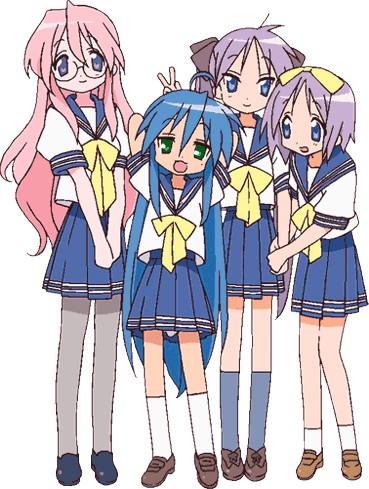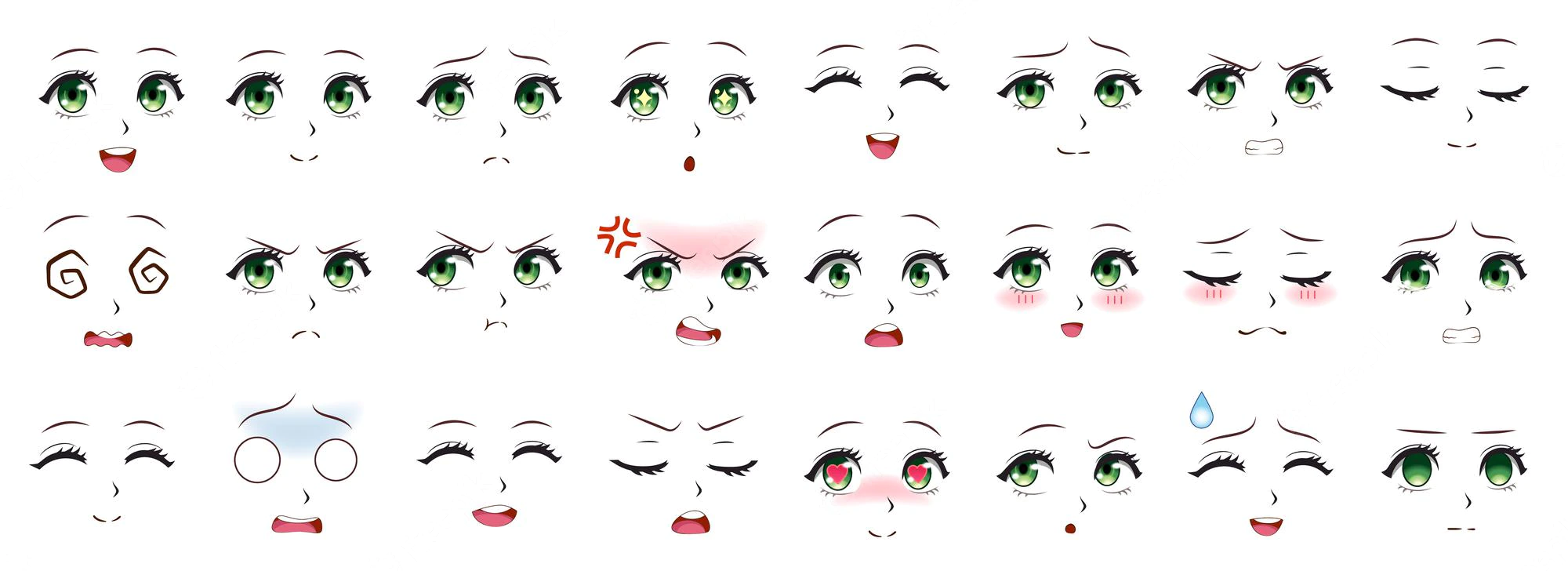What is Anime?
Anime is a Japanese term for animation. Outside of Japan and in English, anime refers specifically to animation produced in Japan. However, in Japan and in Japanese, anime describes all animated works, regardless of style or origin.
Think of it this way: all anime shows are cartoons, but not all cartoons are anime.
History
Modern anime began in 1956 and found lasting success in 1961 with the establishment of Mushi Productions by Osamu Tezuka, a leading figure in modern manga, the Japanese comic book style that contributed to the aesthetic of anime. Anime such as Miyazaki Hayao’s Princess Mononoke (1997) are the modern equivalent of the epic folk adventures once filmed by Japanese masters such as Mizoguchi Kenji and Kurosawa Akira.
In the 21st century, anime began to attain wide international popularity with the Pokémon television series and films such as Miyazaki’s Spirited Away (2002), which was the winner of an Academy Award for best animated feature film.
Style

The art style associated with anime is very unique and recognisable. You’re probably familiar with the large eyes, wild hair, long arms and limbs, and more. This exaggerated design helps the characters more easily express emotions — of which there are plenty in anime.

Also adding to the emotional feel of anime are the technical animation tricks like dramatic closeups and zooms, intense lighting, and brilliant colours. But beyond its distinctive visual look, anime has endeared itself into the hearts of fans because of its complex characters and engaging plots.
